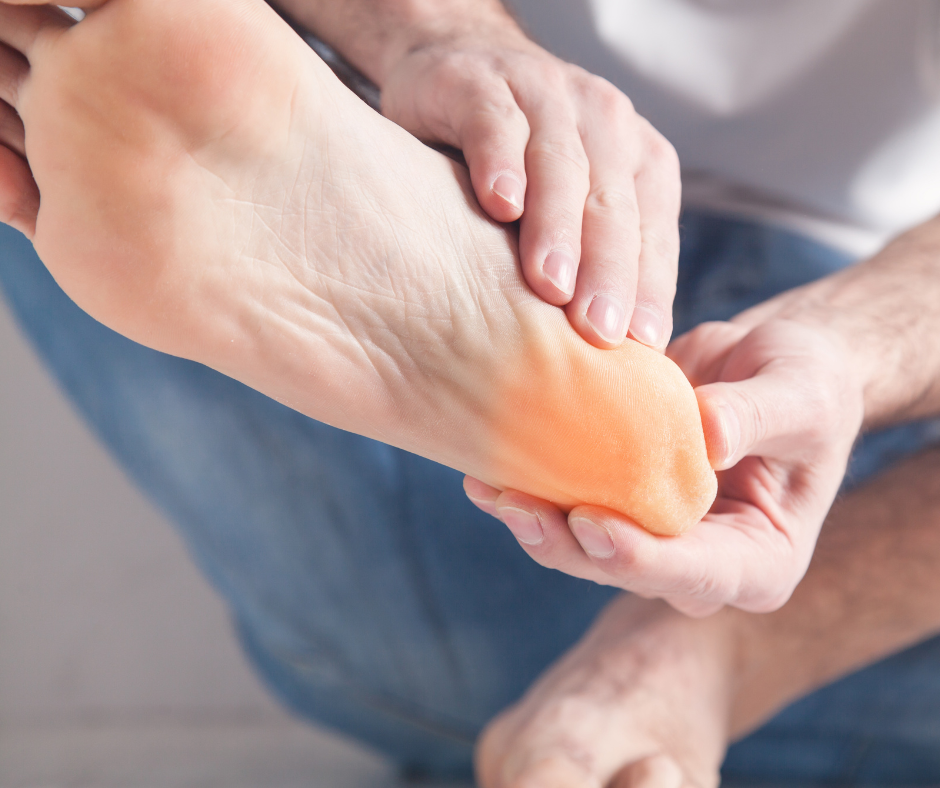
Approximately half of the people with plantar fasciitis also experience heel spurs. Today, Dr. Eric Ricefield, Dr. Mark Yagodich, Dr. Aliza V. Eisen, and Cassandra Stache, DPM of greater Philadelphia’s Your Next Step Foot and Ankle Care Center share the consequences of leaving heel spurs untreated.
Plantar fasciitis is the swelling of the long band of heavy tissue that supports the bottom of your foot from your heel to your toes (the plantar fascia).
When it becomes torn or irritated, it raises the risk of the development of heel spurs. Because the heel is not sufficiently supported, repetitive pressure is placed on your heel with every step you take. This constant pressure on the heel bone promotes bony growths, which are calcium deposits.
Plantar fasciitis is a recurring strain injury, usually among older adults and young athletes. There are consequences if these issues are not addressed.
Consequences of Untreated Heel Spur Pain
- Limping and Gait Problems: Good posture keeps your body in correct alignment when walking. If walking is painful, it will affect the way you walk, and you may begin to limp in order to diminish your foot pain. With an irregular gait, however, you are vulnerable to developing additional ankle and foot issues, such as a sprained ankle, a foot fracture, or bunions. Because your body is constantly out of alignment, you might also feel pain in the hip, knee, and lower back.
- Decreased Fitness and Poor Physical Health: If walking becomes painful, you may start to avoid engaging in activities that involve the use of the feet. Exercise and physical activity are vital to your overall health.
- Pain When Walking: If a heel spur remains untreated, you will begin to experience pain each time your heel hits the ground, even if you try to walk gently. Initially, the heel pain may be intermittent, but as it advances, it could become constant.
Untreated heel spur pain is typically worse after getting up out of bed or after a period of inactivity. When it hurts to walk, you will begin to move around less frequently and develop a more sedentary lifestyle, which can cause other health problems.
For such small growths that aren’t visible, heel spurs can have a major impact. They can stop you from living the lifestyle you love. Be sure to see a podiatrist to receive the expert care you need.
If you have any questions or want to schedule an appointment, contact Greater Philadelphia’s Your Next Step Foot and Ankle Care Center to schedule your next checkup. You can click here to locate contact information for the office nearest you to book your appointment.
